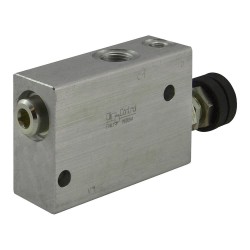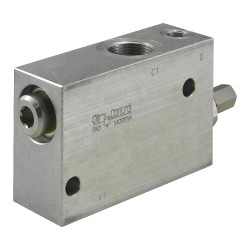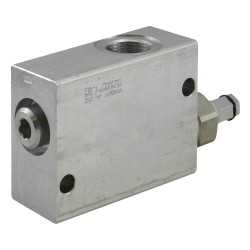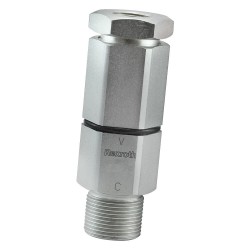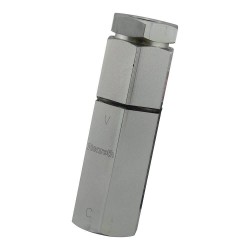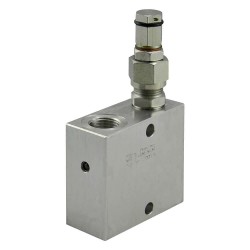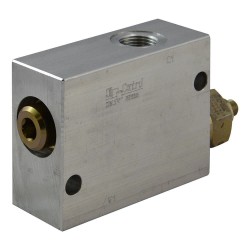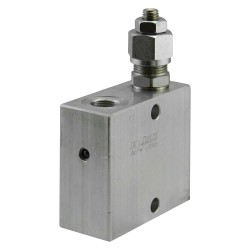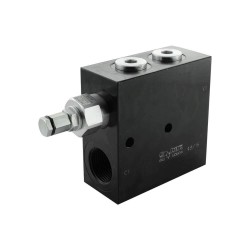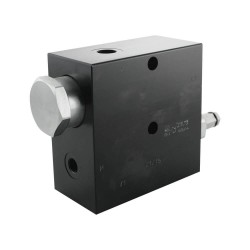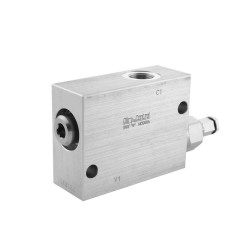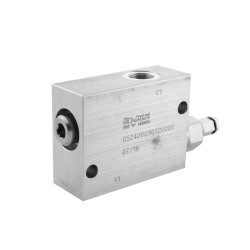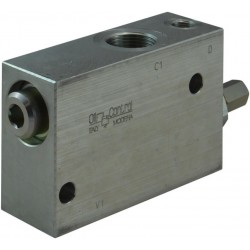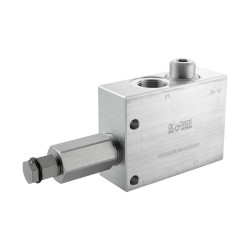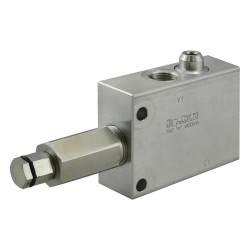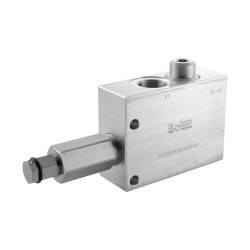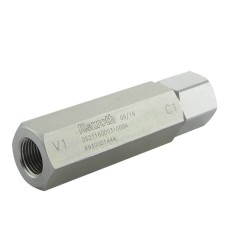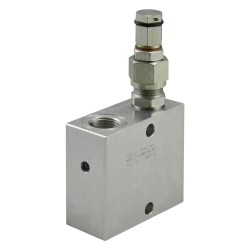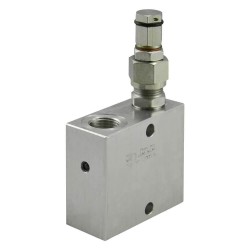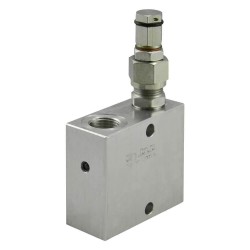OCGF recommends following these steps to adjust the pressure of a hydraulic sequence valve:
- Identify the Adjustment Device: Locate the pressure adjustment device on the valve, often a screw with a nut or a knob.
- Ensure Safety: Before proceeding with the adjustment, make sure the system is turned off and the pressure is released to avoid any risk of accident.
- Loosen the Locking Device: Some valves have a locking device such as a lock nut or a lock to prevent accidental adjustments. Loosen it to access the main adjustment device.
- Adjust: Turn the adjustment device (screw or knob) clockwise to increase the set pressure or counterclockwise to decrease it. It is important to make these adjustments gradually and in small increments.
- Measure Pressure: Use a pressure gauge to measure the system pressure while making adjustments.
- Test: Once the adjustment is made, restart the system and observe the valve's performance at the new set pressure.
- Lock the Adjustment: Once the pressure is correctly set, re-tighten the locking device to secure the adjustment.
It is important to note that sequence valves have several types of adjustments:
- Mechanical Adjustment:
- Using an Adjustment Screw (or Knob): The pressure threshold can be adjusted by turning an adjustment screw that increases or decreases the tension of the valve spring.
- Adjusting a Counterweight: For some valves, the threshold can be adjusted by changing the position of a counterweight that acts on the spring.
- Hydraulic Adjustment: For pilot-operated sequence valves, the threshold can be adjusted by changing the pressure in a pilot chamber that influences the valve opening.
- Pneumatic Adjustment: The pressure threshold can be influenced by a pneumatic control that adjusts the force applied to the valve mechanism.
- Electrical Adjustment: Some valves can be equipped with electric actuators allowing the pressure threshold to be adjusted using electrical signals.
- Electronic Adjustment: With servos or electronic sensors, it is possible to adjust the pressure threshold very precisely based on sensor feedback and operating conditions.
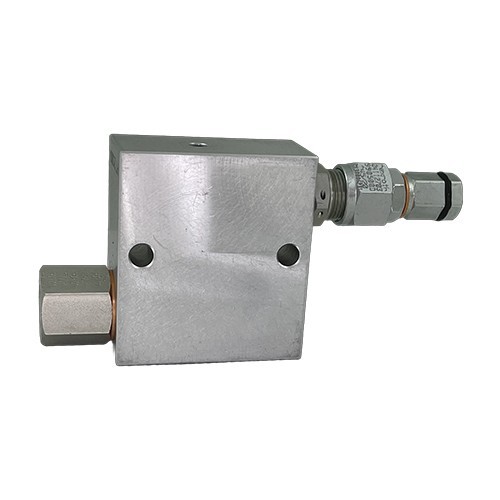
Can All Sequence Valves be Electronically Adjusted?
Not all hydraulic sequence valves can be electronically adjusted. Electronic adjustment depends on the design of the sequence valve and the availability of integrated electronic features.
Traditional hydraulic sequence valves are often designed for mechanical adjustment, using adjustment screws or counterweights, and do not include electronic components for their adjustment. These types of valves require manual adjustment to set the pressure threshold.
Modern sequence valves, especially in sophisticated hydraulic systems or applications requiring high precision, can be equipped with electronic features allowing the pressure threshold to be adjusted. These electronic or electro-hydraulic valves are often used in situations where remote control, high precision, or frequent adjustments are necessary. They can be adjusted via electrical or electronic signals, often with the help of a programmable logic controller (PLC) or a dedicated control system.
It is important to check the technical specifications of the valve or consult the manufacturer to determine if a particular valve can be electronically adjusted.
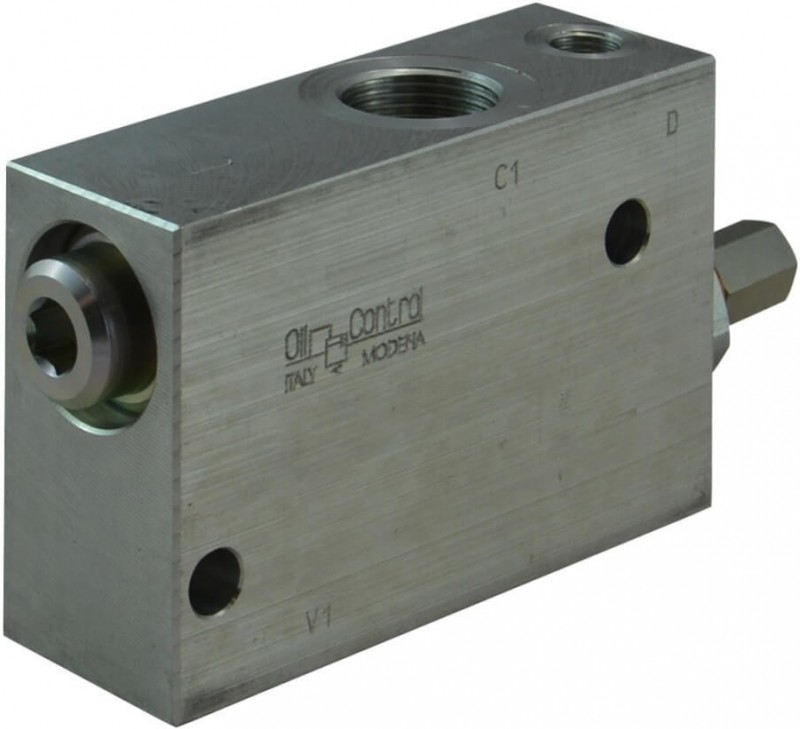
OCGF: Specializing in Hydraulic Equipment and Hydraulic Sequence Valves
By choosing OCGF for your hydraulic sequence valve needs, you will benefit not only from high-quality products but also from exceptional customer service, constant product availability, express international delivery, and the peace of mind of a secure payment process. Contact us today to place an order.
Immediate Availability and Express Delivery Service
At OCGF, we understand the urgency of our customers' needs for hydraulic components. That's why we maintain a large stock of sequence valves, ready to be shipped instantly.
Reliable International Delivery
With OCGF, no matter where you are, a quality solution is within reach. We pride ourselves on offering fast and reliable delivery service worldwide. Our close relationships with renowned carriers ensure that your orders will arrive on time, regardless of your location.
Secure Transactions
Security is not only a priority in the design of our products but also at the heart of each of your transactions. OCGF uses state-of-the-art secure payment systems to protect your financial information and ensure a safe shopping experience.
Our Products at OCGF: Hydraulic Sequence Valves
At OCGF, we offer a comprehensive range of hydraulic sequence valves designed to meet the diverse needs of our customers. Our products are distinguished by their quality, reliability, and optimal performance, ensuring efficient pressure management and a flawless operational sequence within your hydraulic systems.
- Standard Sequence Valve: Perfect for applications where pressure conditions are stable. They ensure a reliable and secure sequence of operations with a simple design for quick integration.
- Pilot-Operated Sequence Valve: Designed to provide precise control in complex hydraulic systems. They ensure secure and efficient operation even under high pressures.
- Compensated Sequence Valve: Ideal for environments with pressure variations. They automatically adjust the triggering pressure, ensuring a stable and precise operational sequence.
Our hydraulic sequence valves offer varied characteristics to meet your specific needs:
- Flow Rate: From 10 to 180 liters per minute
- Size: 1/4 inch to 1"1/4
- Pressure: Up to 350 bar
- Types: Pilot-operated, Compensated, Standard
Contact us today to discover how our hydraulic sequence valves can improve the efficiency and reliability of your hydraulic systems.

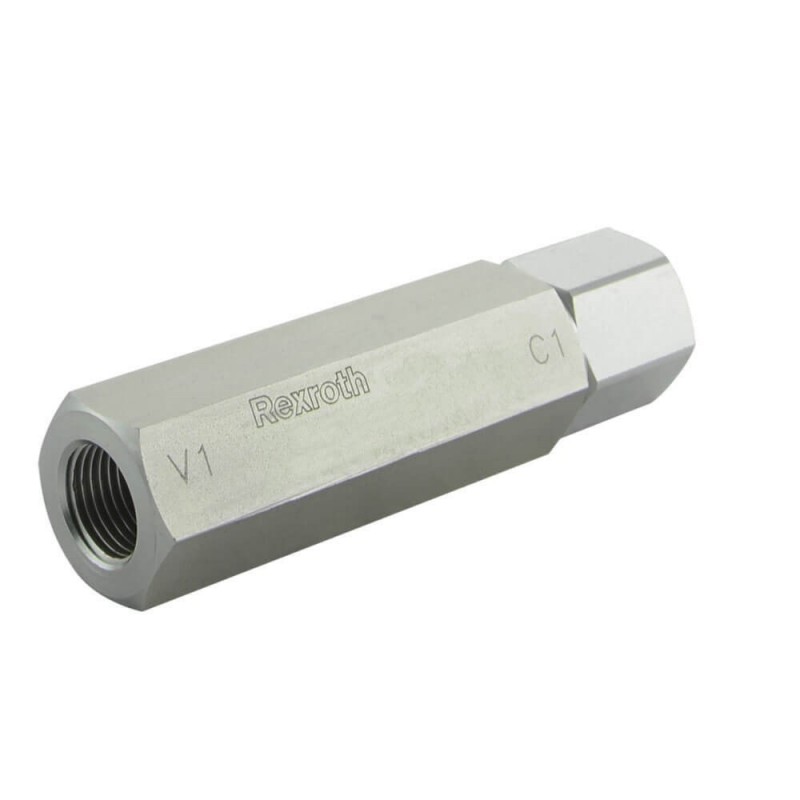
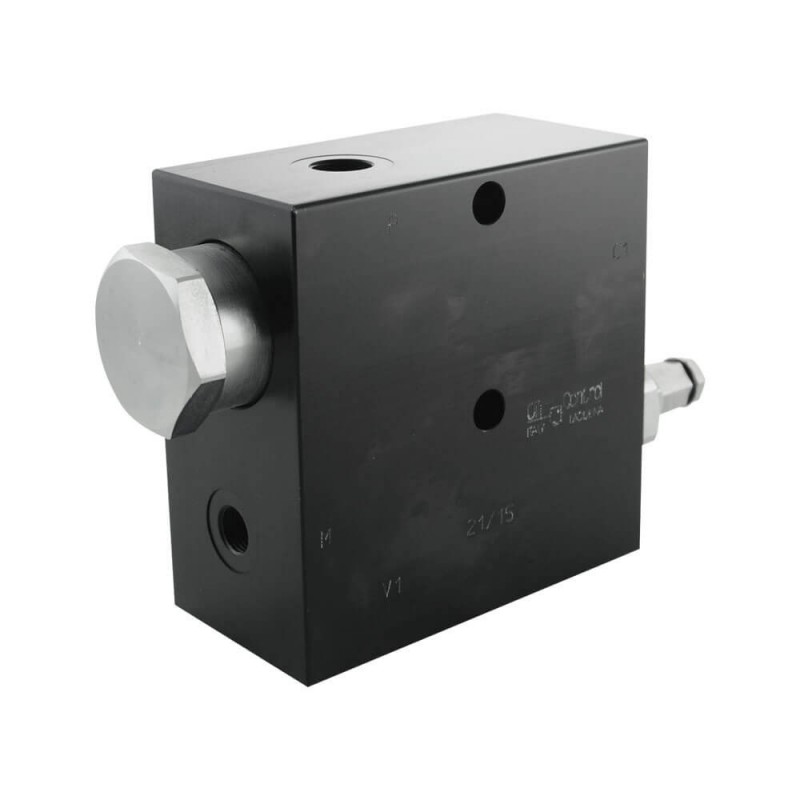
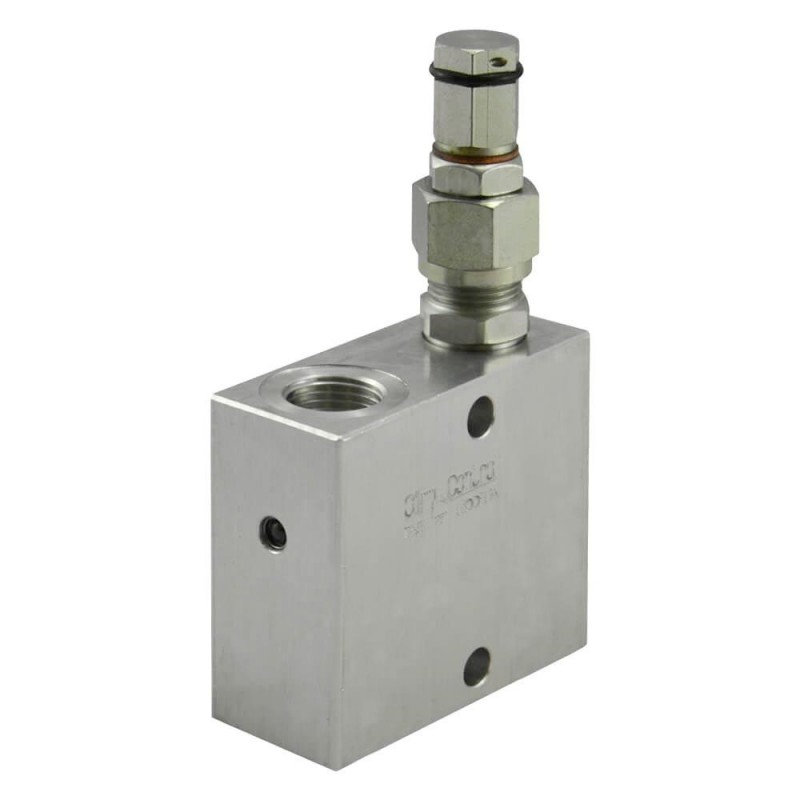
.jpg)
